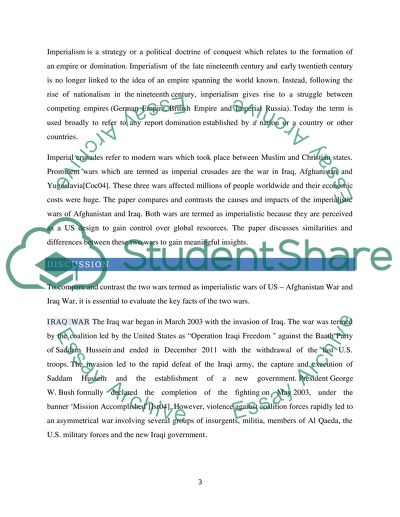Cite this document
(“Imperial Crusades Essay Example | Topics and Well Written Essays - 2000 words”, n.d.)
Imperial Crusades Essay Example | Topics and Well Written Essays - 2000 words. Retrieved from https://studentshare.org/history/1448217-imperial-crusadesiraq-yugoslavia-afghanistan-and
Imperial Crusades Essay Example | Topics and Well Written Essays - 2000 words. Retrieved from https://studentshare.org/history/1448217-imperial-crusadesiraq-yugoslavia-afghanistan-and
(Imperial Crusades Essay Example | Topics and Well Written Essays - 2000 Words)
Imperial Crusades Essay Example | Topics and Well Written Essays - 2000 Words. https://studentshare.org/history/1448217-imperial-crusadesiraq-yugoslavia-afghanistan-and.
Imperial Crusades Essay Example | Topics and Well Written Essays - 2000 Words. https://studentshare.org/history/1448217-imperial-crusadesiraq-yugoslavia-afghanistan-and.
“Imperial Crusades Essay Example | Topics and Well Written Essays - 2000 Words”, n.d. https://studentshare.org/history/1448217-imperial-crusadesiraq-yugoslavia-afghanistan-and.


